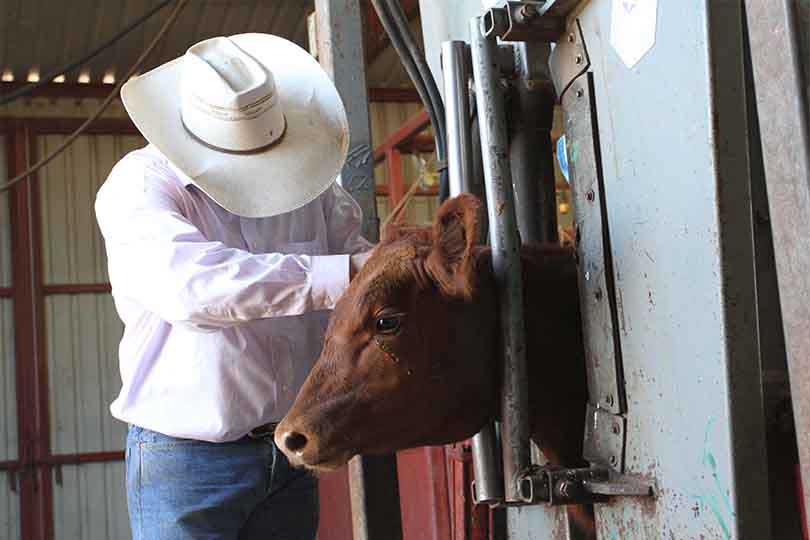By Jennifer Whitlock
Field Editor
The U.S. Food and Drug Administration (FDA) released four finalized guidance documents intended to help pharmaceutical companies develop new animal medicine submissions for approval by the regulatory agency.
Topics of the documents include:
- the use of data from foreign investigative studies
- use of real-world data and evidence such as observational studies and registry data
- biomarkers and surrogate endpoints in clinical studies and
- the use of adaptive and other novel investigation designs.
These guides “describe the agency’s current thinking” on the design of animal drug studies and how data is collected for those purposes, according to an update on FDA’s website.
In July, the FDA’s Center for Veterinary Medicine (CVM) issued drafts of the documents soliciting public input before releasing a finalized version of each guide.
The Animal Health Institute (AHI), which represents multinational companies that develop and produce animal medicines, said it played an active role in commenting and was happy with the final documents.
“We hope CVM will demonstrate flexibility in implementing these guidances so that they work to allow the approval of new therapies to address unmet medical needs in animals,” the organization said in a statement. “These provisions also hold the promise of allowing companies to reduce the number of animals in the research process.”
Animal medicines are subject to the same approval process as human medicines and remain heavily regulated after approval, according to AHI.
The FDA, U.S. Department of Agriculture and Environmental Protection Agency are all involved in approving various forms of animal medicines.
It takes just over six years and $22.5 million to bring a new companion animal drug to market and more than eight years and $30.5 million for a new livestock drug, AHI noted.
Click here for an overview of the process of bringing an animal drug to market.
The four final guidance documents are available here.

